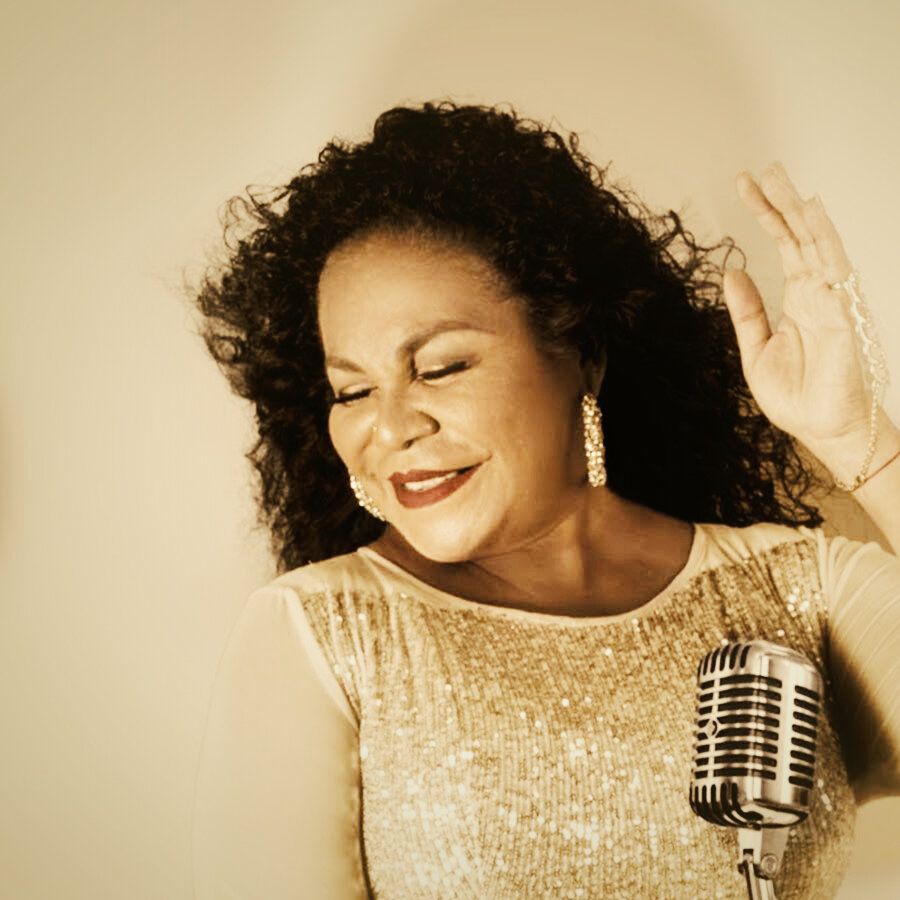
Eva Ayllón
Composer and singer Eva Ayllón, who brought Afro-Peruvian Creole music into the mainstream, is considered one of the foremost musicians in Peru.
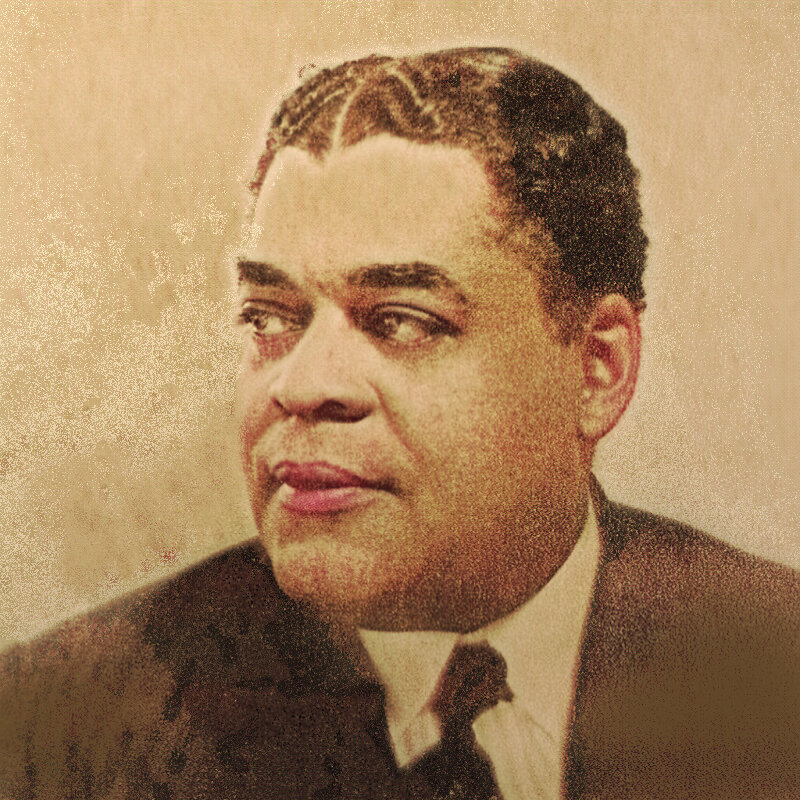
Arturo Schomburg
Afro-Puerto Rican Arthur A. Schomburg dedicated his life to researching and preserving black history by collecting literature, artwork, slave narratives, and materials related to the African Diaspora.
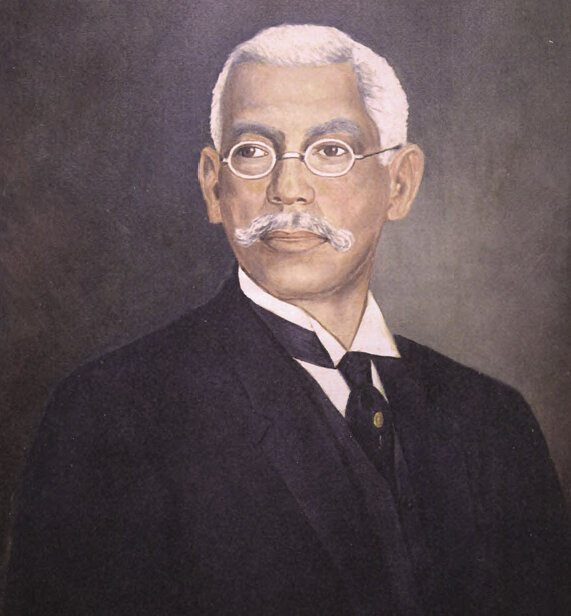
José Celso Barbosa
José Celso Barbosa became the first Puerto Rican to earn a medical degree in the U.S. After practicing medicine for decades in his country, Barbosa emerged as a leading politician.
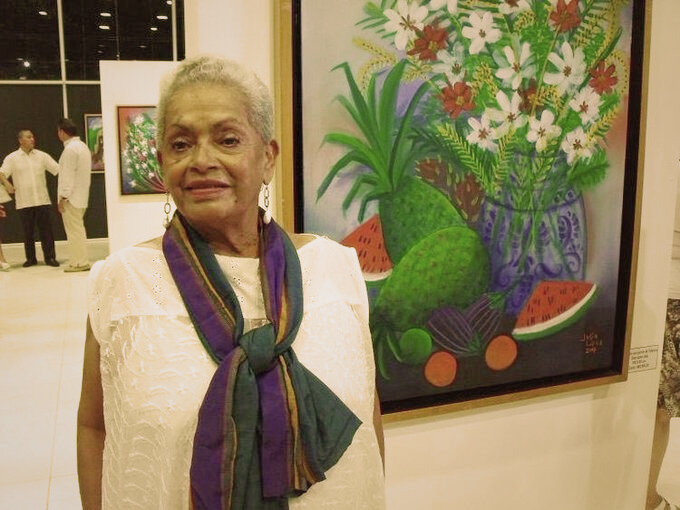
Julia López
Julia López, an award-winning self-taught painter, usually paints in the Naïve genre, which calls for childlike simplicity. Her work often depicts rural and coastal life in Mexico.

Esteban Hotesse
Esteban Hotesse served in the U.S. Armed Forces in the 619th Squadron of the 477th Bombardment Group. That made him the only Afro-Latino member of the famed Tuskegee Airmen.

Maritza Correia McClendon
Maritza Correia McClendon won a silver medal during the 2004 Olympics, and she is the first black woman—being Afro-Puerto Rican—to earn a spot on a U.S. Olympic swim team.
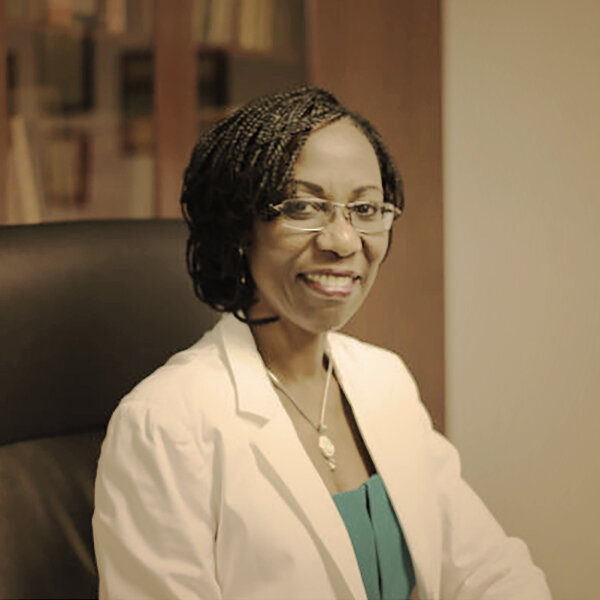
Graciela Dixon
Despite the lack of opportunities available to Afro-Latino women in Panama, Graciela Dixon made history by becoming the country’s first black woman to serve as Chief Justice of the Supreme Court.
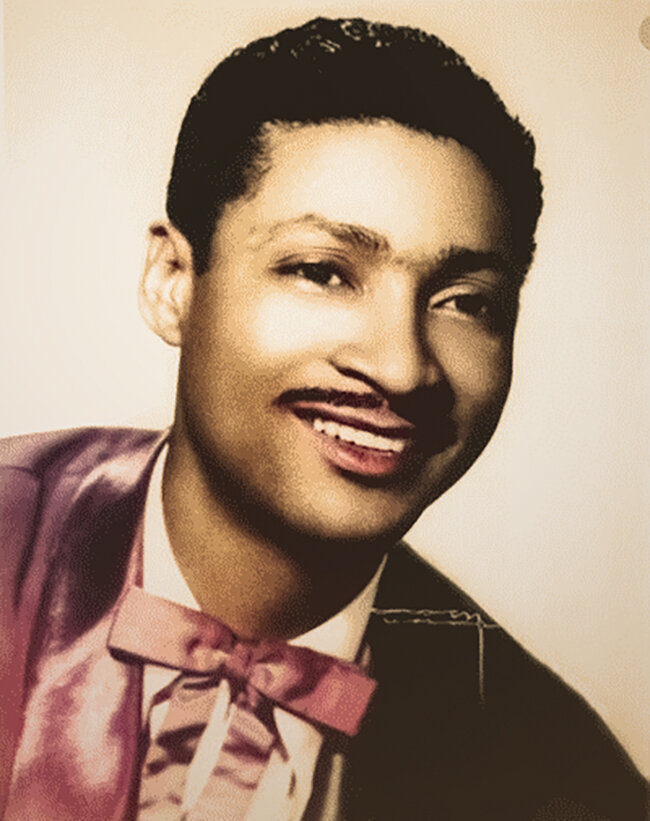
Benny Moré
Musician Benny Moré transitioned from working in the cane fields of central Cuba to composing and performing some of the most beloved Afro-Cuban music of any artist.

Nora Douglas Holt
Nora Douglas Holt was a scholar of music who composed more than 200 original pieces. She became the first black person to earn a Master of Music degree in the U.S.
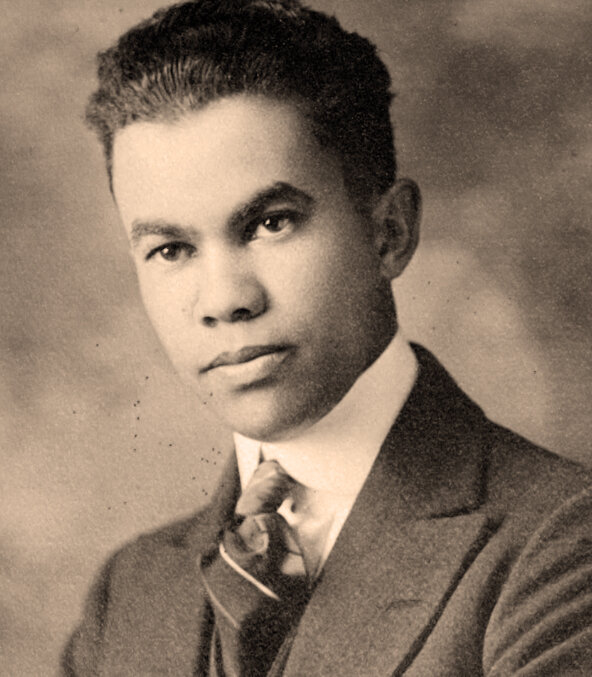
Paul Revere Williams
Orphaned at a young age and discriminated against for the color of his skin, Paul Revere Williams became one of the most renowned architects in history.
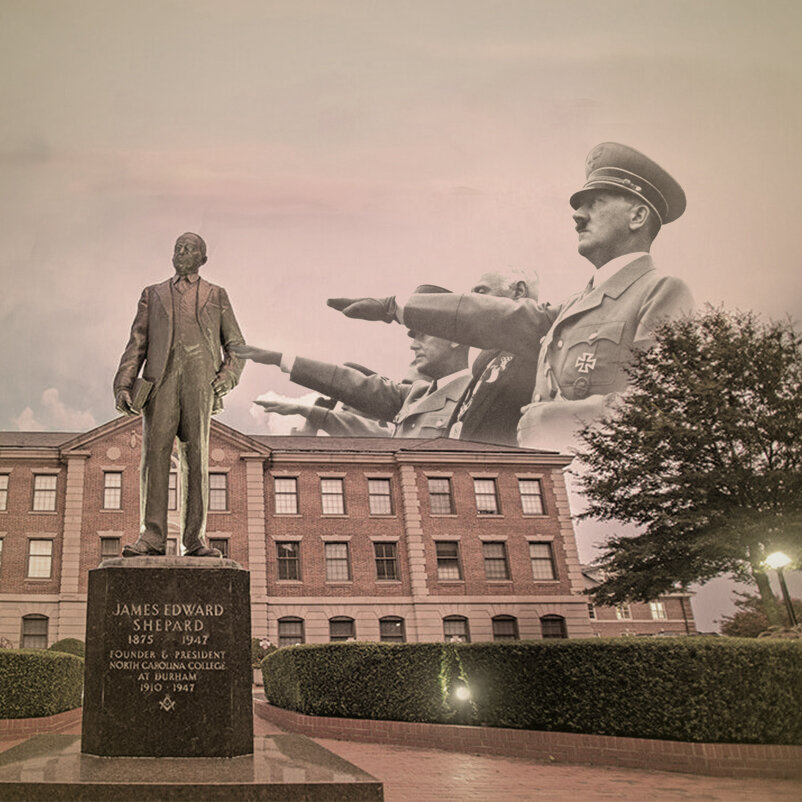
Jews and Black Schools
When Adolph Hitler rose to power in 1933 and set Jewish Scholars in his sights, many American colleges and universities refused to employ them, but not historically black ones.
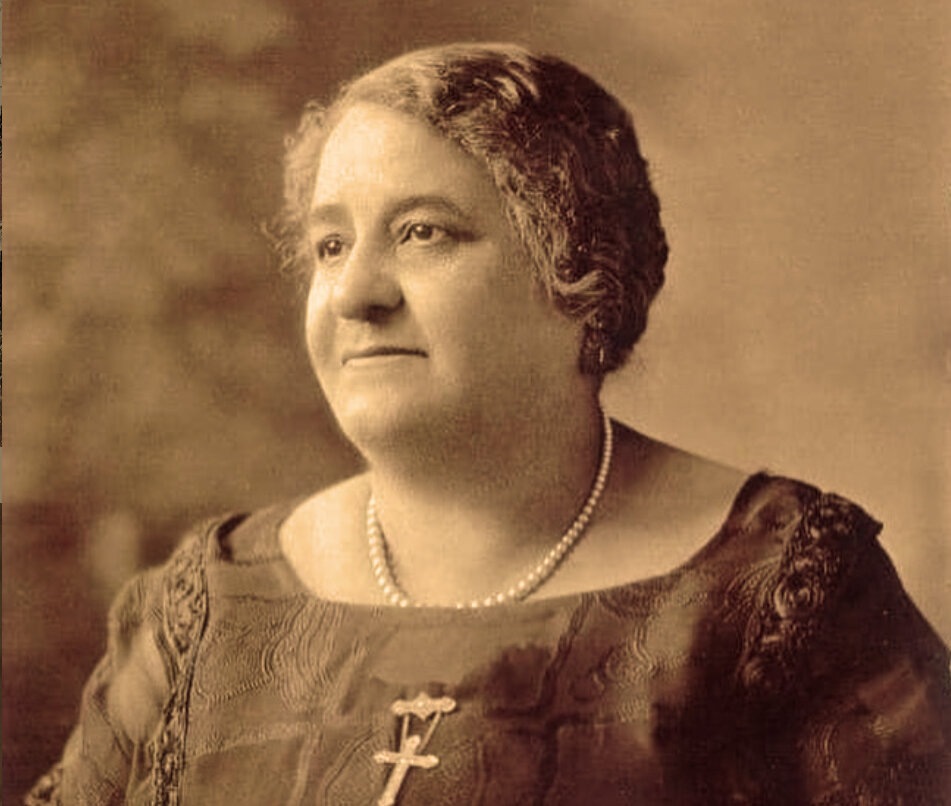
Maggie Lena Walker
Maggie Lena Walker was among the foremost black business leaders of the early twentieth century. She also founded one of the longest-lived black-owned banks in U.S. history.
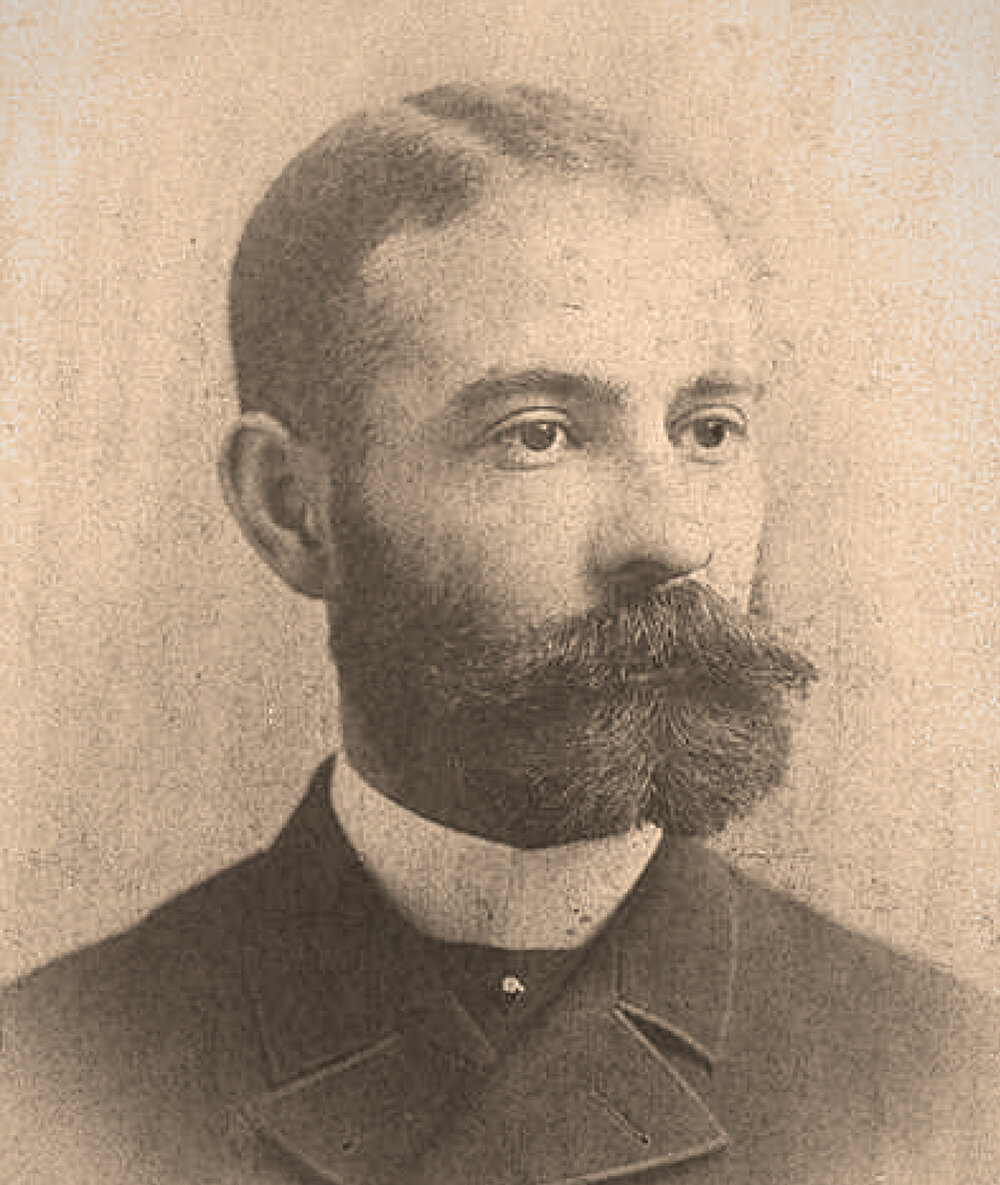
Daniel Hale Williams
Daniel Hale Williams was a pioneer in the medical field. He opened the first black-owned hospital in the United States and, in 1893, performed one of the first successful open-heart surgeries in the world.
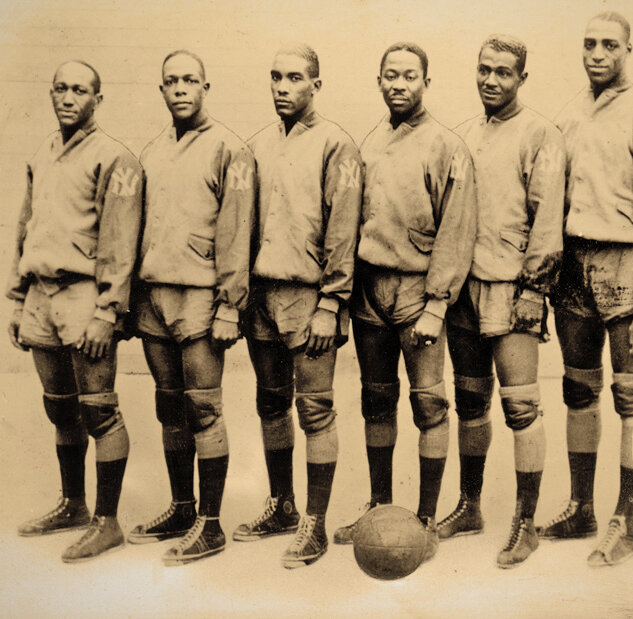
The Black Fives
While baseball had the Negro Leagues, amateur and professional basketball had the Black Fives, consisting of all-black teams that played the sport well before the NBA was formed and integrated.
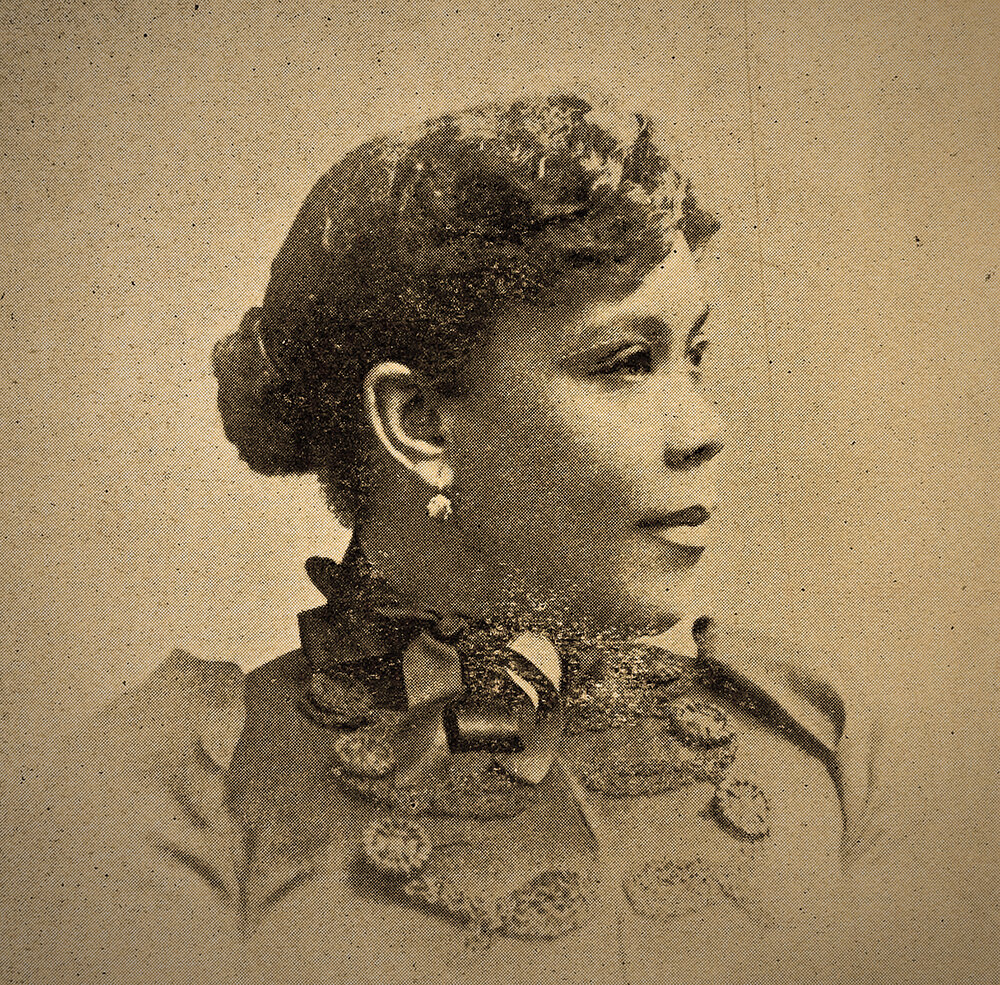
Rosa L. Dixon
Rosa L. Dixon spent nearly a lifetime as an educator. She rose to become an influential civic leader and educational reformer in Virginia.
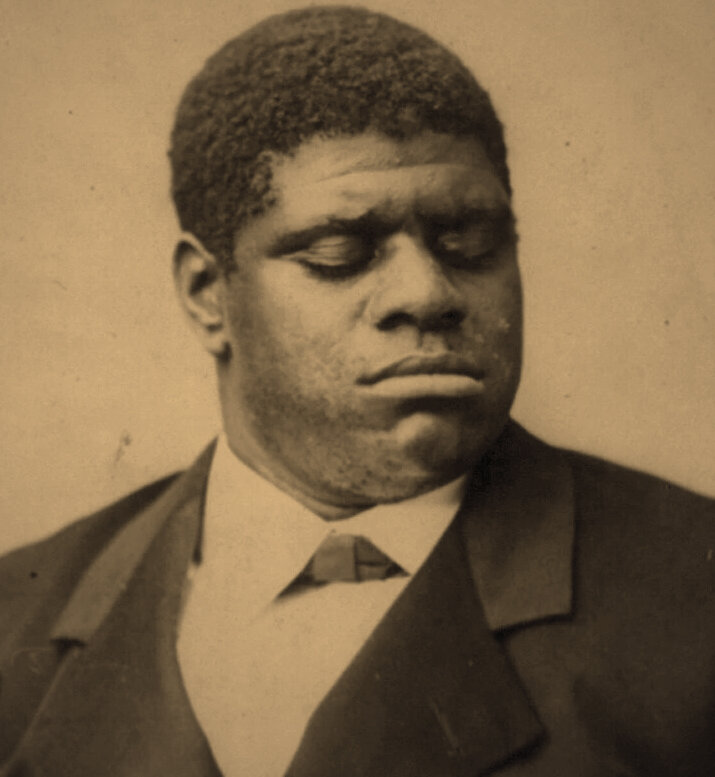
Thomas “Blind Tom” Wiggins
Thomas Wiggins was a black composer and pianist who promoters billed as “Blind Tom.” While he could only speak a few words, he was likely an autistic savant given his extraordinary abilities and musical skills.

Pullman Porters
Beginning in 1867, George Pullman hired black Pullman porters to service white passengers traveling on U.S. railroads. While they endured racism and early economic oppression, Pullman porters managed to create a black middle class.

Mary Ann Shadd
Mary Ann Shadd was a writer, educator, newspaper publisher, lawyer, abolitionist, and suffragist. Throughout her life, she advocated for equal rights and the abolition of slavery.
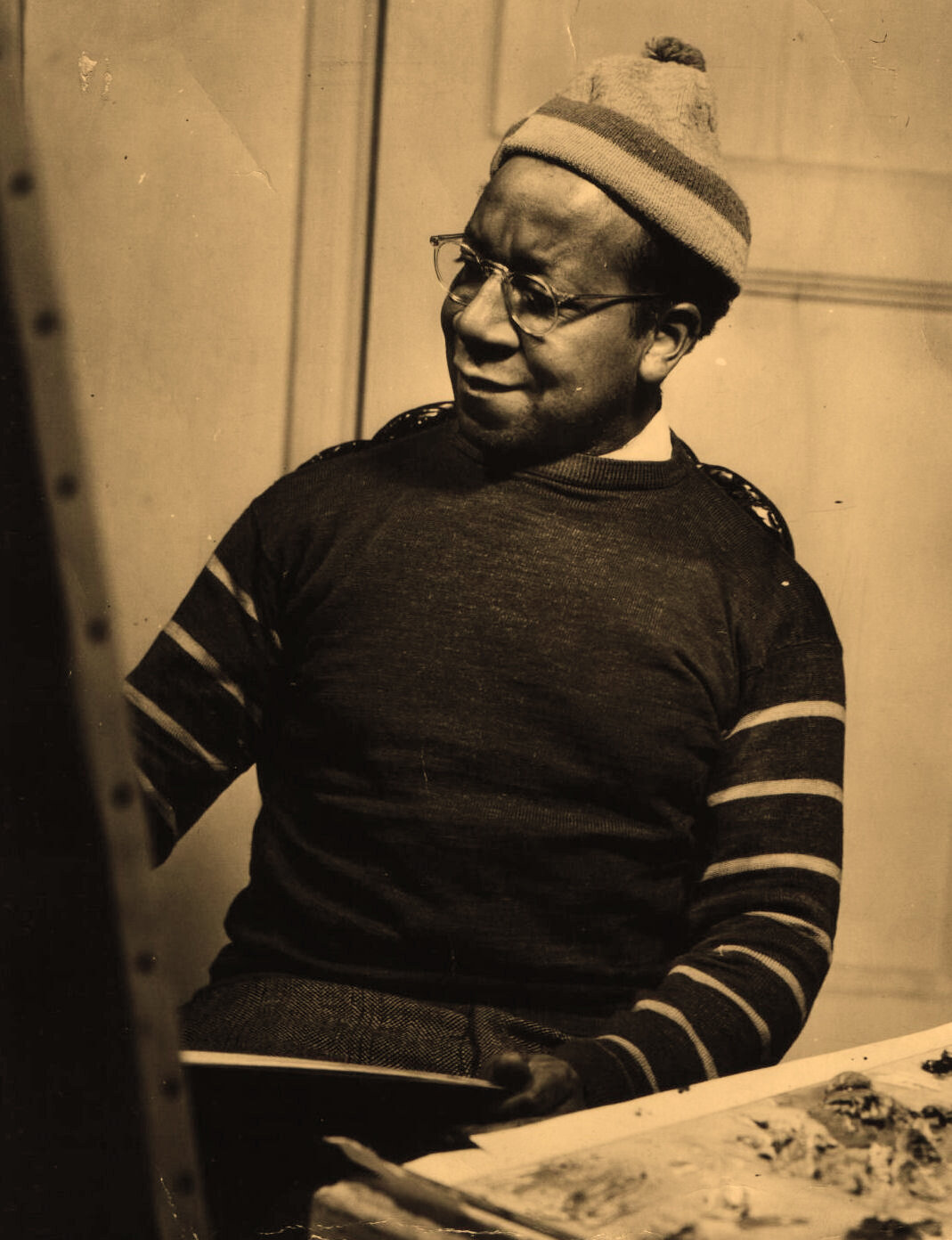
Beauford Delaney
Beauford Delaney managed to carve a place in art history with his vibrant, modernist paintings that emerged during the Harlem Renaissance and other important art movements.

Covert, Michigan
When most U.S. cities and towns lived in segregation, one small township defied the racist norms by integrating from its founding, though in relative secrecy. That township was Covert, Michigan.
